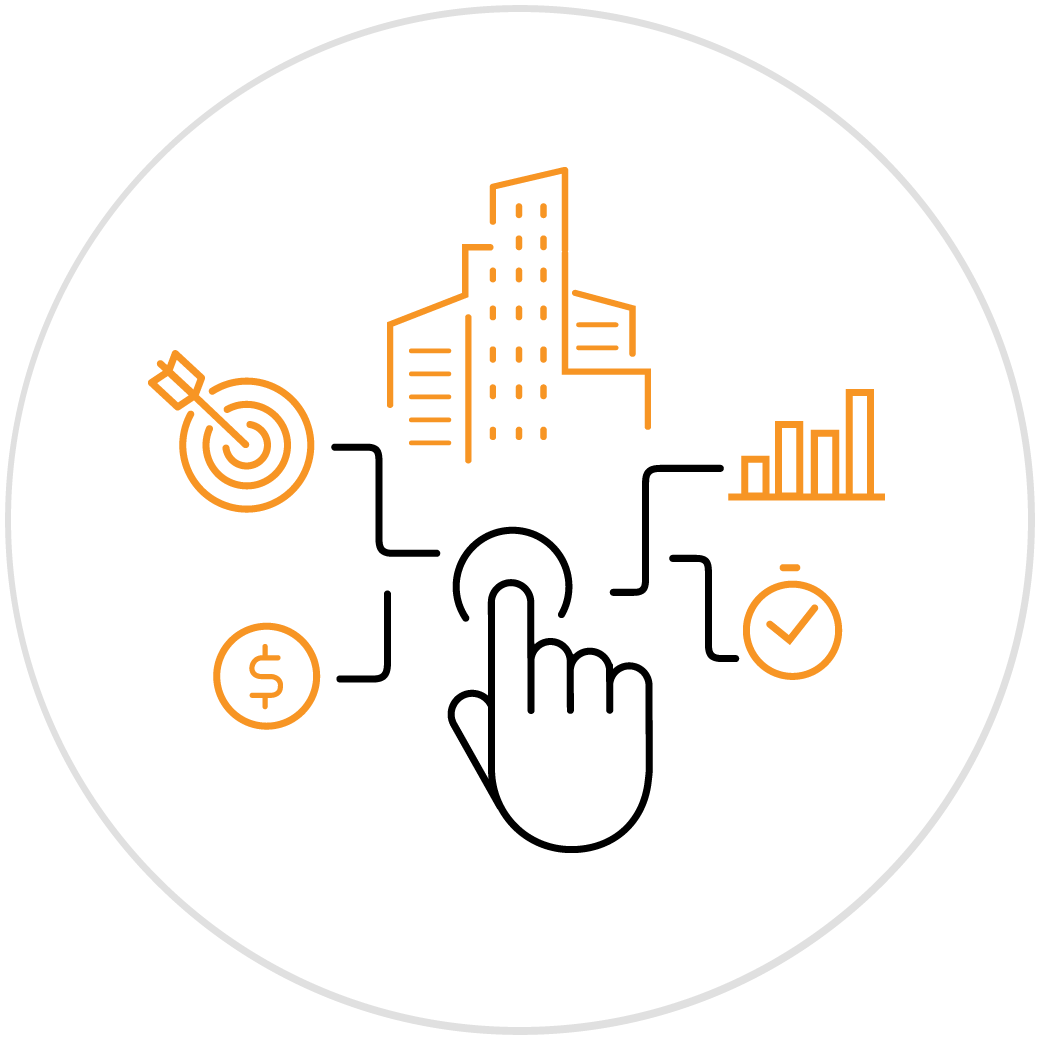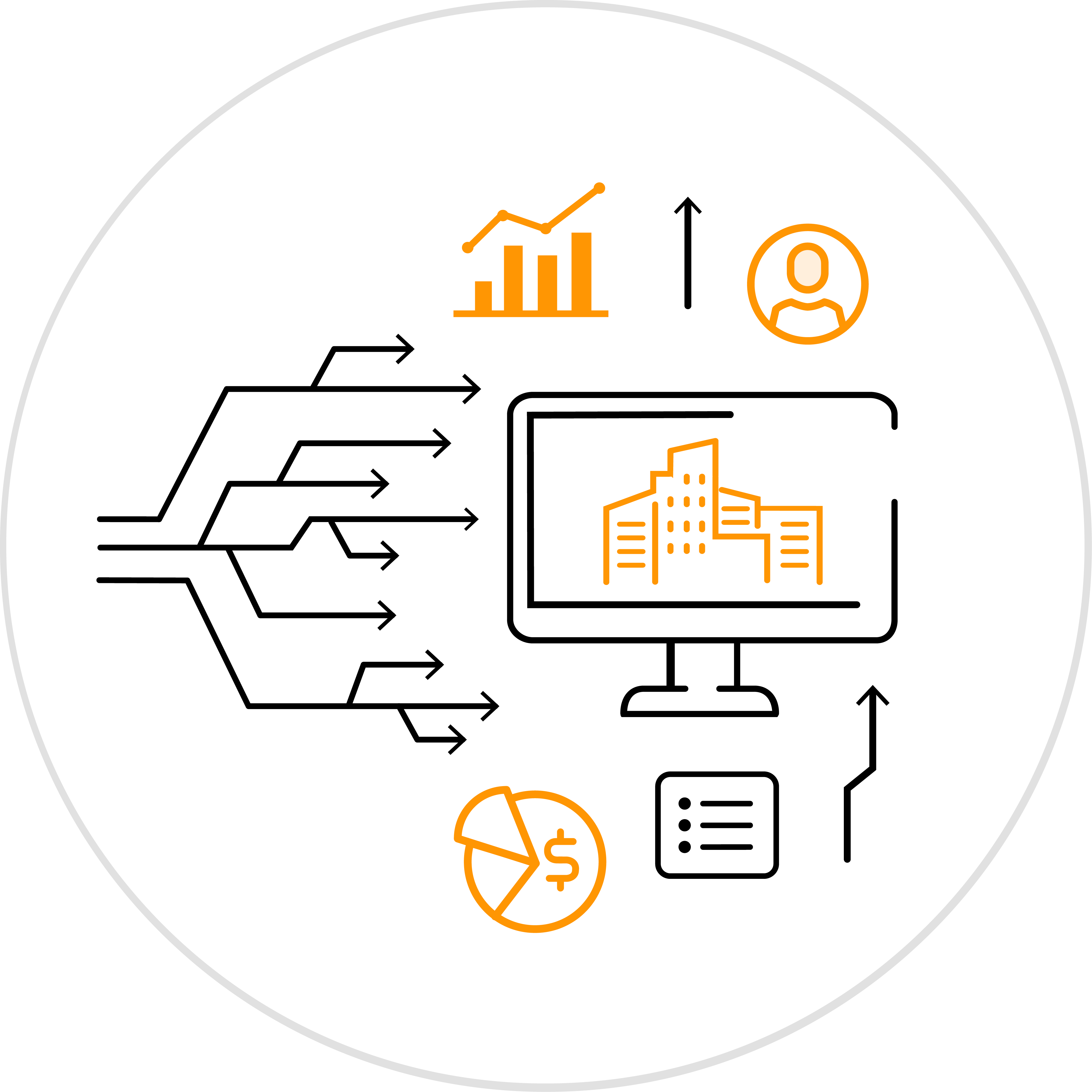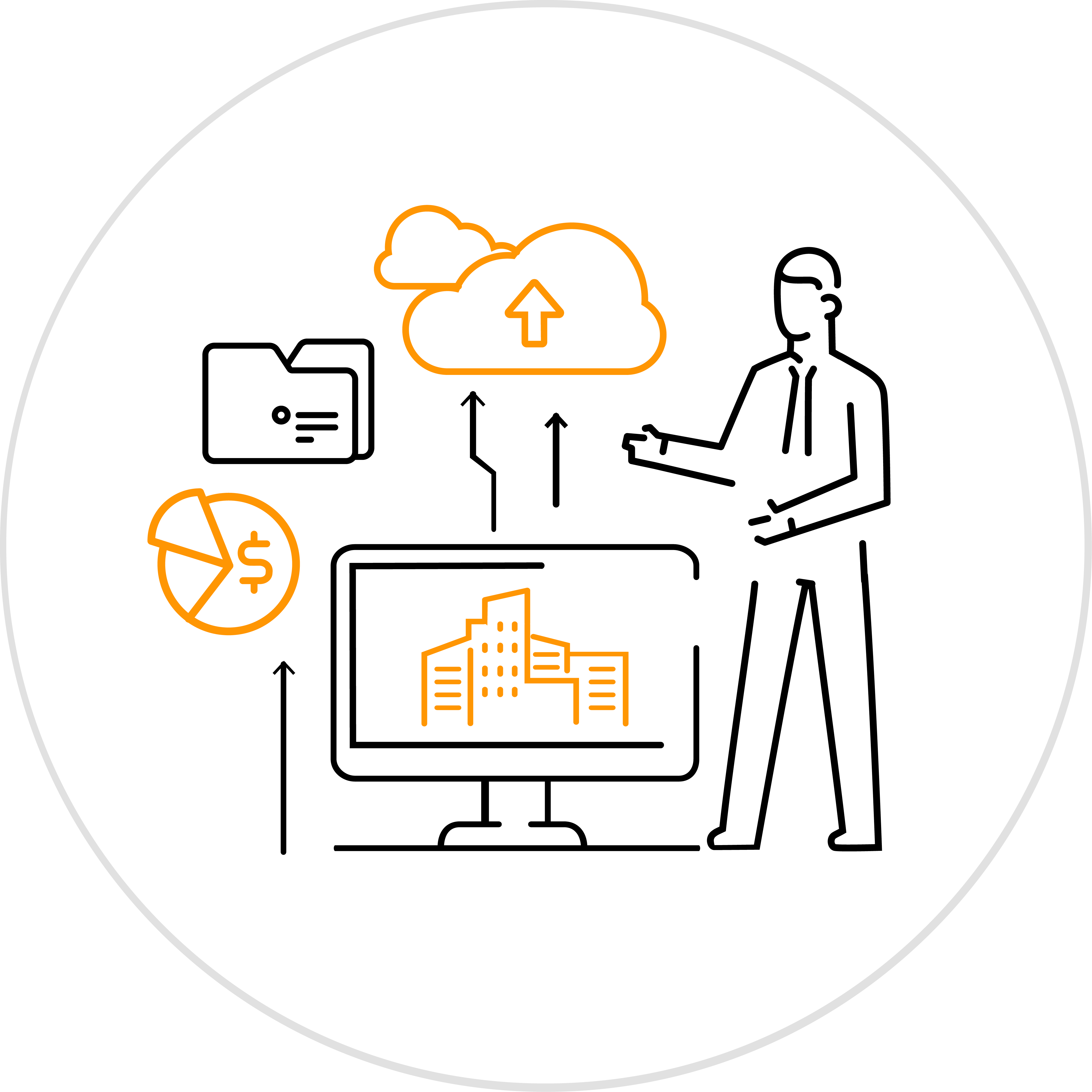-

In the realm of business, particularly for companies that engage in leasing activities, understanding the nuances of lease accounting standards is crucial. The ASC 842, introduced by the Financial Accounting Standards Board (FASB), revolutionized the way leases are reported on financial statements. Among the many facets of this standard, identifying embedded leases presents a unique challenge. This article aims to demystify the concept of embedded leases under ASC 842, offering a definition, examples, and guidance on how to identify them, tailored for a ninth-grade reading level.
Understanding Embedded Leases
At its core, an embedded lease exists when a contract, or part of a contract, includes the use of a distinct asset, and that use is implicitly or explicitly specified in the agreement. It's like finding a hidden lease within a broader service or purchase contract. Imagine renting a server for your company's website; you're not just paying for the IT support but also for the use of the server itself. That's an embedded lease.
The ASC 842 requires that these leases be identified and reported on the balance sheet, highlighting the rights and obligations they bring. This move towards transparency aims to give a clearer picture of a company's financial standing.
Examples of Embedded Leases
Identifying embedded leases can be tricky, as they are not always obvious at first glance. Here are some examples to clarify:
IT Services Contract. A company signs a contract for IT support, which includes the use of specific servers. The server use is an embedded lease.
Manufacturing Equipment. A business enters into an agreement to use a portion of a factory, including certain machinery, to produce its products. The machinery part of the contract constitutes an embedded lease
Advertising Agreement. A contract for advertising services includes the exclusive use of a billboard for a month. The right to use the billboard is an embedded lease.
-

How to Identify Embedded Leases
Identifying embedded leases under ASC 842 involves a systematic approach. Here's a simplified guide:
-

1. Analyze the Contract
The first step is to thoroughly review the contract to determine if it conveys the right to control the use of a identified asset for a period in exchange for consideration. Control means having the ability to obtain the asset's economic benefits and direct its use throughout the period of the lease.
-

2. Identify the Asset
Determine if the contract involves a specific, identifiable asset. The asset doesn’t necessarily have to be explicitly mentioned; it can be implicitly specified. If you can substitute the asset freely with a similar one without needing approval, it likely isn’t an embedded lease.
-

3. Assess the Right to Control
Evaluate whether the customer has the right to control the use of the asset. This means looking at whether the customer can decide how and for what purpose the asset is used, within the parameters set by the contract.
-

4. Consider the Contract Term
Consider the period during which the asset will be used. Embedded leases typically have a predetermined term, which can be a clear indicator of a lease agreement.
-

5. Economic Benefits
Assess if the customer can obtain economic benefits from the use of the asset. This includes not just direct benefits like revenue or output, but also secondary benefits such as promotional exposure or operational efficiencies.
-

6. Substantive Substitution Rights
Check if the supplier has the right or obligation to substitute the asset for another asset during the period of use. If the supplier can substitute the asset at will and benefit from the exchange, it might not be an embedded lease.
Challenges and Considerations
Identifying embedded leases is a nuanced process that requires judgment and understanding of the specific terms and conditions of each contract. It's important for companies to establish robust procedures and controls to ensure that all embedded leases are identified and properly accounted for under ASC 842.
In addition, the process of identifying embedded leases can be complicated by factors such as non-standard contract terms, complex arrangements involving multiple components, and the need to assess the economic substance of an arrangement.
The identification of embedded leases is a critical component of lease accounting under ASC 842, requiring careful analysis and judgment. By understanding what constitutes an embedded lease and following a systematic approach to evaluate contracts, companies can ensure compliance with the standard and provide a true reflection of their financial position. The examples and guidance provided here serve as a starting point for navigating the complexities of embedded leases under ASC 842.
How Can iLeasePro Help?
At iLeasePro, our leasing experts have worked with both ASC 840 and ASC 842 for years, and we understand the changes, the logic behind them, and why they’re important.
We can help explain them to you to make sure you get them right, and we can provide the right software products to help you record and implement the ASC 842 changes correctly.
To do this, you can call iLeasePro at 888-351-4605, or you can go to iLeasePro and access our excellent information about our software products and how they can help you with ASC 842. We’ll give you all the information you need to simplify the recording process and show you how to use it to improve your bottom line.
Let iLeasePro Simplify Your Lease Accounting
Schedule a DemoRelated: iLeasePro Free Trial, iLeaseXpress, iLeaseXpress Unlimited, ASC 842 Financial Reporting, ASC 842 Balance Sheet Reporting, ASC 842 Income Statement Reporting, ASC 842 Cash Flow Reporting, ASC 842 Statement of Shareholder Equity, ASC 842 Disclosure Notes, ASC 842 Management Discussion, ASC 842 Comprehensive Income, ASC 842 Glossary of Terms, ASC 842 Journal Entries, ASC 842 Software, When Is the ASC 842 Compliance Date, FASB Lease Accounting Software, Understanding the New FASB ASC 842 Lease Accounting Standard, How Does a Lease Balance Sheet Change After the New Standard?, Tracking Lease Details After ASC 842, Deferred Rent Explained Under the ASC 842, Guide to Lease Classification, Overview of Relevant Borrowing Rate, ASC 842 Footnote Disclosure, Lease Accounting, What Does Lease Accounting Software Do?, Key Features of A Lease Accounting Software, How to Never Miss Important Lease Dates, Scaling Your Lease Accounting Software to Your Business Needs, How to Select the Right Lease Solution, How to Set Up Lease Accounting Software, What is the Best Lease Accounting Software?, Overview of the Types of Leases, Equipment Lease Software, How the Right Lease Management Software Makes Equipment Leases Easier, Lease Tracking Software, How The Right Software Can Help You Manage Lease Data, Five Benefits of a SaaS Lease Management Solution, A Centralized Lease Portfolio Making Asset Management Easier, Lease Analysis 101, Lease Analysis: The Financial Metrics, Lease Abstraction, The Importance of Lease Abstraction for Lessees, The Lease Data an Abstract Should Include, What Software Do I Need for Lease Abstracting?, Navigating The ASC 842 Accounting Audit, Ultimate Lease Accounting Audit Checklist, Essential Guide To Engaging Auditors, Leveraging AI for Enhanced Year-End Audits Transitioning to the ASC 842 Standard Lease Document Management ASC 842 Short-Term Leases Practical Expedients Lease Modifications & Remeasurements Lease Variable Payments Monitoring Critical Lease Dates Transportation - Navigate the ASC 842 The Impact of the ASC 842 on Regulatory Policies in Lease Management & Lease Accounting Integrating Lease Accounting into Your Month-End Closing Process The Modified Retrospective Approach in ASC 842 Determining the Incremental Borrowing Rate A CFO’s ASC 842 Lease Accounting Guide for Construction Companies
